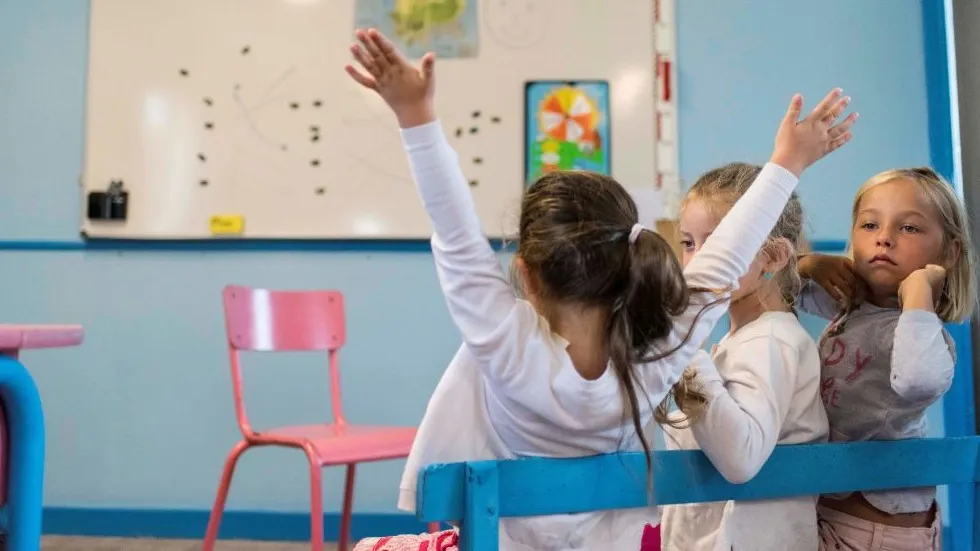Every child deserves the opportunity to grow, learn, and thrive in a safe and nurturing environment. Yet for many young people around the world, challenges such as poverty, neglect, trauma, and lack of access to education or healthcare can stand in the way of reaching their full potential.
Improving children’s lives is not only a moral responsibility but a foundation for building stronger, more compassionate societies.
Why Supporting Children Matters
The experiences children have in their formative years shape their development, outlook, and opportunities in life. Early interventions and consistent support can significantly influence their mental, emotional, and physical wellbeing. Research shows that positive childhood environments lead to better academic achievement, healthier relationships, stronger self-esteem, and greater success in adulthood.
Conversely, adverse childhood experiences – such as abuse, instability, or inadequate care – can leave lasting effects. That’s why early investment in child-focused services and programs pays off not only for individuals but for communities and economies as a whole.
The Role of Family and Community
Families are the first line of support for children, providing the structure, safety, and emotional foundation needed to flourish. However, not every child has access to a stable home environment. In such cases, wider community networks must step in to fill the gap.
Social workers, educators, foster carers, mentors, and local organisations all play a vital role in safeguarding and empowering vulnerable children. By working together, these groups can create a web of support that ensures no child is left behind.
Community programmes that provide after-school activities, parenting classes, and mental health services are essential. They not only assist children directly but also strengthen the families and caregivers around them.

Practical Ways Communities Can Support Children
Improving children’s lives isn’t only about policy—it begins with everyday actions in our own neighborhoods. Local communities have the power to create nurturing environments where children feel safe, valued, and supported.
Here are impactful ways communities can help:
- Organise free after-school activities: Sports, tutoring, and art classes keep children engaged
- Support parenting groups and workshops: Builds stronger families and coping skills
- Volunteer as mentors: Positive adult role models can change a child’s trajectory
- Create safe spaces: Libraries, youth centres, and parks foster growth and exploration
- Advocate for inclusive education: Encourage schools to support diverse needs and backgrounds
- Promote access to nutrition: Community gardens and meal programs ensure basic needs are met
Small efforts collectively create massive positive change when sustained over time.
Education as a Lifeline
Access to quality education is one of the most powerful tools for improving children’s lives. It opens doors, builds confidence, and equips young people with the skills they need to contribute meaningfully to society. Education also acts as a protective factor – reducing the risk of exploitation, substance abuse, and long-term unemployment.
But education must be more than just academic. Holistic learning environments that foster creativity, emotional intelligence, and resilience are key. Schools that prioritise pastoral care and inclusive teaching practices help every child feel valued and capable.

Health and Wellbeing
A child’s ability to learn and grow is directly linked to their physical and emotional health. Access to nutritious food, clean water, healthcare, and mental health services are non-negotiable essentials. Unfortunately, many children still face barriers to receiving basic care, particularly in marginalised or under-resourced communities.
Improving healthcare access, promoting healthy lifestyles, and offering counselling or therapeutic services are vital steps in ensuring children not only survive but thrive. Mental health support in schools and community settings can make a significant difference for children dealing with trauma, anxiety, or behavioural challenges.
Comparing Core Elements of Child Wellbeing
To support children effectively, it’s useful to understand the main pillars of child wellbeing and how each contributes to healthy development.
|
Pillar of Wellbeing |
What It Involves |
Why It Matters |
| Physical Health | Nutrition, medical care, hygiene | Enables growth, development, and energy |
| Mental Health | Emotional support, therapy access, safe environments | Builds resilience, reduces long-term trauma |
| Education | Access to learning, skilled teachers, inclusivity | Opens opportunities and fosters critical thinking |
| Safety & Protection | Freedom from harm, abuse intervention, safe housing | Ensures survival and long-term emotional security |
| Belonging & Purpose | Hobbies, peer groups, mentorship, self-expression | Encourages confidence, identity, and motivation |
Addressing all these areas ensures children aren’t just surviving—but truly thriving.
Protecting Vulnerable Children
Child protection services are essential in responding to cases of abuse, neglect, and exploitation. These systems must be adequately funded, staffed, and trained to provide timely and effective responses.
Preventative services are equally important – supporting at-risk families before issues escalate. Early help initiatives, family outreach, and parenting support can prevent breakdowns in care and improve outcomes for everyone involved.
Foster care, adoption services, and supported accommodation all play a role in providing stable environments for children who cannot remain with their birth families. When done correctly, these systems offer young people a new beginning and the chance to heal from past harm.

Creating Opportunities and Hope
Improving children’s lives goes beyond meeting basic needs. It’s about giving them hope, purpose, and the belief that they matter. This includes access to hobbies, sports, arts, volunteering, and vocational opportunities. These experiences build confidence, broaden horizons, and help children see a future worth striving for.
Mentorship programmes, youth councils, and leadership schemes give young people a voice and a sense of ownership over their path. When children are empowered to shape their own futures, their potential becomes limitless.
Working Together for Lasting Impact
No single individual or organisation can address the complex challenges children face. Collaboration is essential – between government services, charities, educators, health professionals, businesses, and communities. When all stakeholders commit to putting children first, real and lasting change becomes possible.
Whether through direct services, policy advocacy, or grassroots support, there are many ways to contribute to improving children’s lives. If you’re passionate about making a difference, platforms like improving children’s lives offer resources, information, and pathways for getting involved.
The Power of Compassion and Action
Improving children’s lives isn’t just about fixing problems – it’s about creating environments where every child can dream, belong, and succeed. It’s about seeing potential where others see problems, and showing up with empathy, commitment, and belief in the next generation.
By investing in children today, we shape a better tomorrow – for them, and for all of us.
 Imagup General Magazine 2025
Imagup General Magazine 2025



